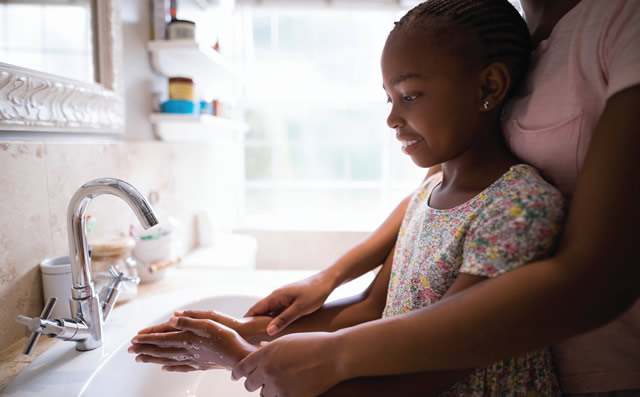
Standard hygiene practices, like proper handwashing, are more important than ever.

The John and Joan Bollier Family Center for Integrated Science and Engineering completes a 270,490-square-foot quadrangle of buildings aiming to enhance interaction between students and faculty of the School of Engineering and Applied Science and the College of Arts and Sciences.

As schools and universities prepare for the return of students and faculty after nearly a year of remote learning, many are faced with growing concerns around how to keep facilities safe in the post-pandemic world. This is doubly true when considering that crucial HVAC and building management systems (BMS) are often outdated and in need of replacement.
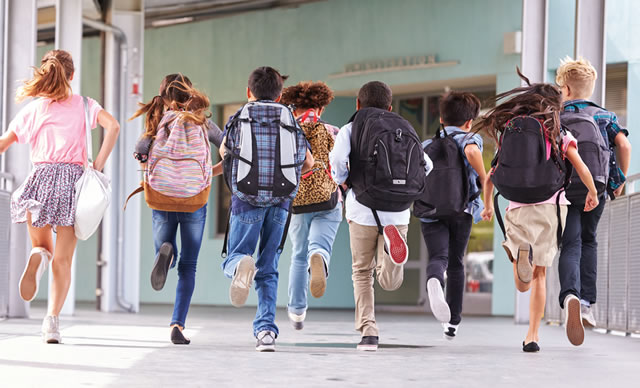
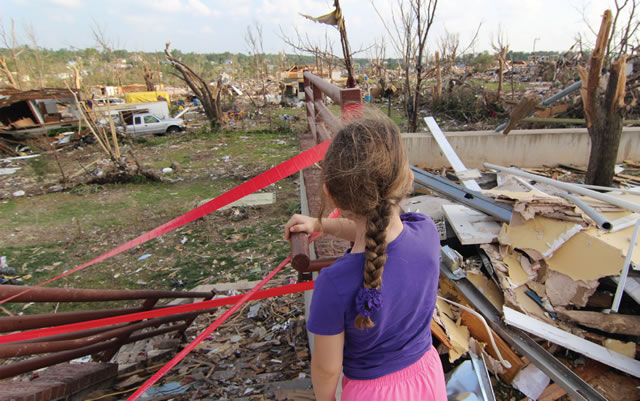
Twister. Funnel. Whirlwind. A tornado by any other name is still considered the deadliest and most destructive natural disaster on earth. Occurring on all continents except Antarctica, tornadoes have both terrified and fascinated mankind for centuries. The U.S. averages almost 1,300 tornadoes per year, more than all other continents combined. How do we protect ourselves when a tornado strikes? It is this question that has driven architects, engineers and the construction industry to develop codes and guidelines such as ICC 500 and FEMA P-361. These guidelines, at least in part, will help to ensure the proper construction of tornado shelters in order to save lives.
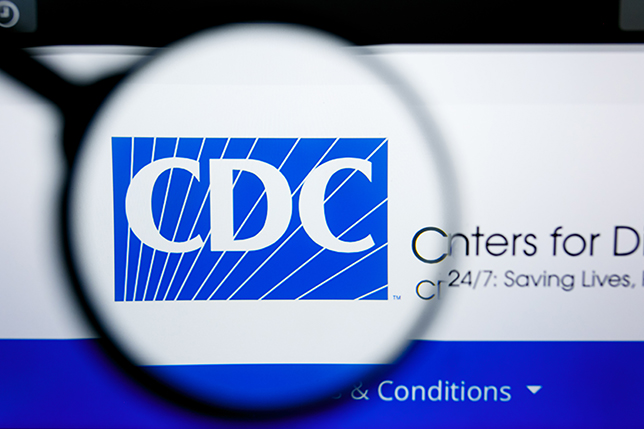
The Centers for Disease Control and Prevention (CDC) announced on Friday, March 19, that it is relaxing social distancing requirements for students returning to school for in-person learning. The organization has determined that students wearing masks in a classroom environment can be spaced just 3 feet apart.

The University of Toledo just received a five-year, $12.5 million grant from the U.S. Air Force to develop flexible solar cell sheets for space. The photovoltaic energy sheets will be used to collect solar energy for powering Earth-based receivers or other orbital or aerial instrumentation, such as communications satellites.

The Office of the New York State Comptroller has completed audits on three school districts in the state. The audits uncovered that the districts have neglected to follow some crucial cybersecurity policies, leaving them potentially vulnerable to cyberattacks.
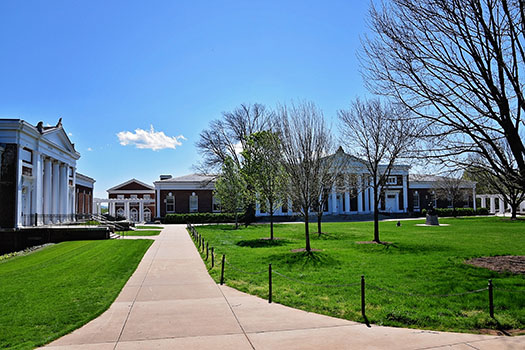
The University of Virginia reported 121 new cases of COVID-19 on Monday, Feb. 15, and 229 new cases on Tuesday, Feb. 16. The university has announced a new set of health and safety regulations that are set to last through at least Friday, Feb. 26.
The Centers for Disease Control and Prevention (CDC) released an updated guide on how K-12 schools around the country can take steps to safely reopen—for good.

It will be critical for institutions to look at new ways to generate revenue and reduce expenses that are sustainable and effective. There are several initiatives that institutions can consider or implement in response to the crisis.
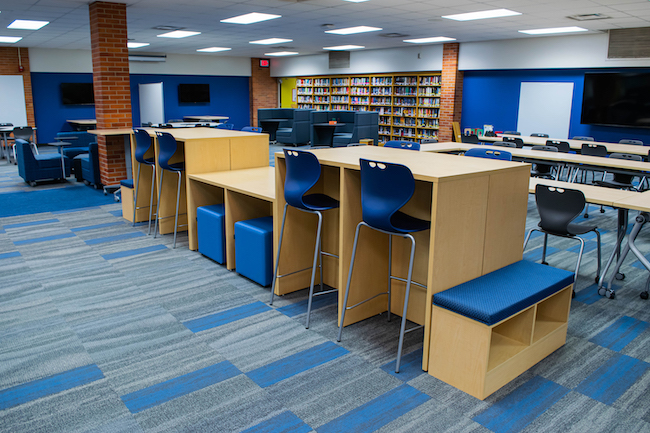
Here’s how Midland School District overhauled the media centers and turned them into central activity hubs for the schools.

Ishita Banerjii, project architect at Hollis + Miller, discusses Kansas State University’s new multicultural student center. The building, dedicated to advance student diversity, features various gathering spaces like dance studios, huddle rooms, and a commercial kitchen.

Although you set your initial school maintenance plan during the late summer months, now is a good time to evaluate its effectiveness, find opportunities to refine your processes, and make sure you and your teams are doing all you can to safeguard students and staff if and when they enter your doors in person.

COVID-19 has changed and will continue to change every aspect of education in K–12 and higher education for the foreseeable future. We polled our readership to learn of the experiences taking place across the nation and get a glimpse of what's being planned going into the spring 2021 semester and beyond.